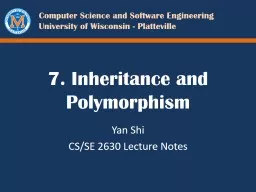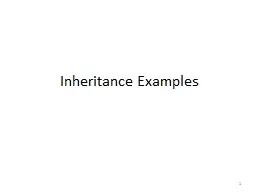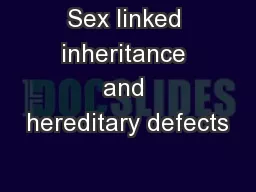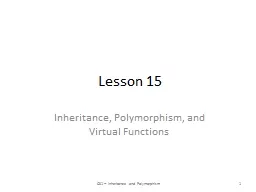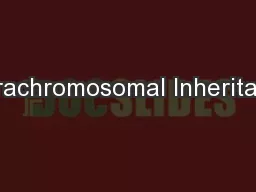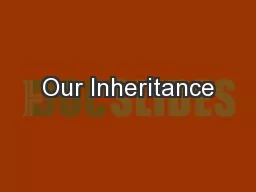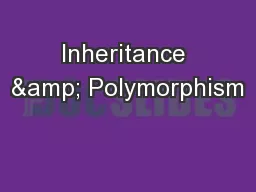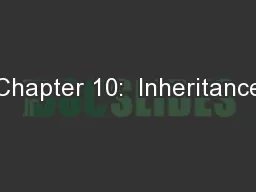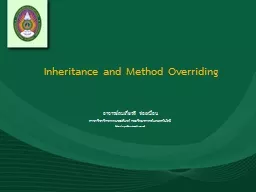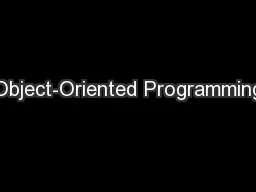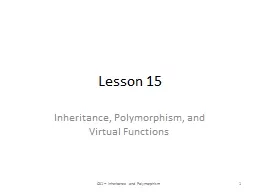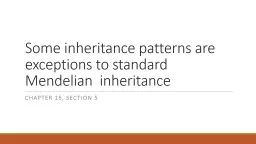PPT-7. Inheritance and Polymorphism
Author : marina-yarberry | Published Date : 2017-08-12
Yan Shi CSSE 2630 Lecture Notes Modern ObjectOriented Concepts Modern objectoriented OO languages provide 3 capabilities encapsulation inheritance polymorphism which
Presentation Embed Code
Download Presentation
Download Presentation The PPT/PDF document "7. Inheritance and Polymorphism" is the property of its rightful owner. Permission is granted to download and print the materials on this website for personal, non-commercial use only, and to display it on your personal computer provided you do not modify the materials and that you retain all copyright notices contained in the materials. By downloading content from our website, you accept the terms of this agreement.
7. Inheritance and Polymorphism: Transcript
Download Rules Of Document
"7. Inheritance and Polymorphism"The content belongs to its owner. You may download and print it for personal use, without modification, and keep all copyright notices. By downloading, you agree to these terms.
Related Documents

